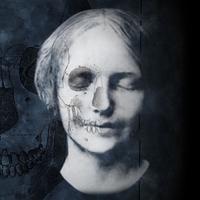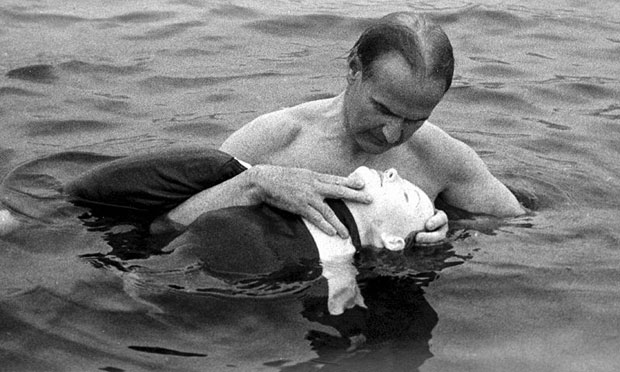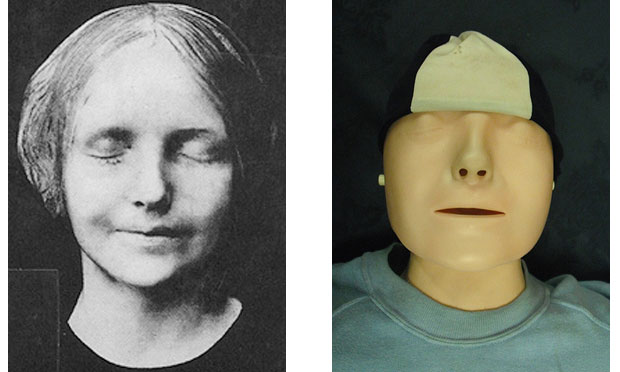
Nov 29, 2011
Near the end of the 19th century, a mysterious young woman with a beguiling smile turned up in Paris. She became a huge sensation. She also happened to be dead. You'd probably recognize her face yourself. You might have even touched it.
Radiolabber Sean Cole explains that, long ago, death masks were a common way of preserving the faces of famous people--clay moulds were made of Napoleon, Beethoven, Lincoln, and so on. But one of the most famous death masks was of a woman who wasn't famous at all when she was alive. BBC producer Jeremy Grange tells the story of this face, known simply as "L'inconnue de la Seine" (the unknown woman of the Seine), and how it found its way into living rooms across Europe.
Fast forward to 1960. An Austrian doctor named Peter Safar was developing the basics of CPR, and he needed a way for people to practice his new method. He tracked down a toy maker in Norway, Asmund Laerdal, who had constructed prosthetic wounds for use in military training. Little did Safar know that Laerdal had a compelling, personal reason for getting involved. Ultimately, Laerdal decided the best way to learn artificial resuscitation would to practice on a dummy. All he needed was the perfect face.

Asmund Laerdal with the CPR doll Resusci Anne.
Sean tells Jad & Robert how the dummy got her face, and about the real woman behind the mask.

L'inconnue (wiki commons) and Resusci Anne (Phil_Parker/flickrCC-BY-2.0)